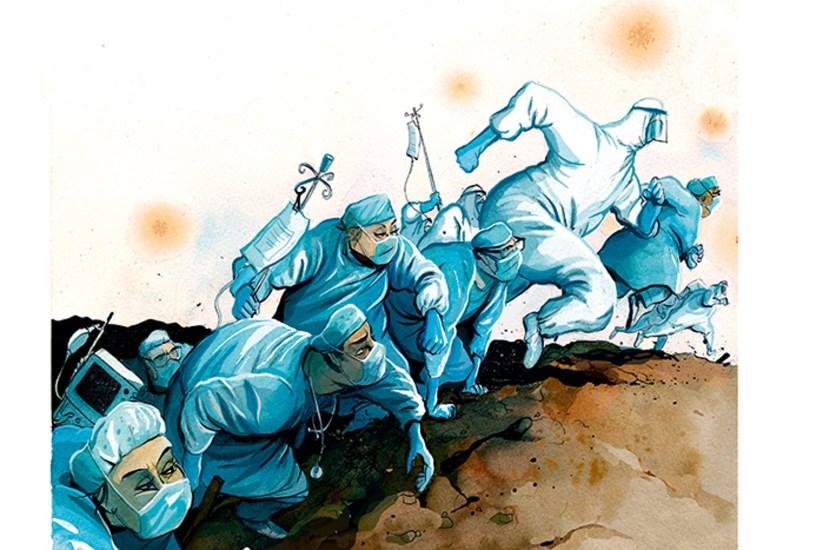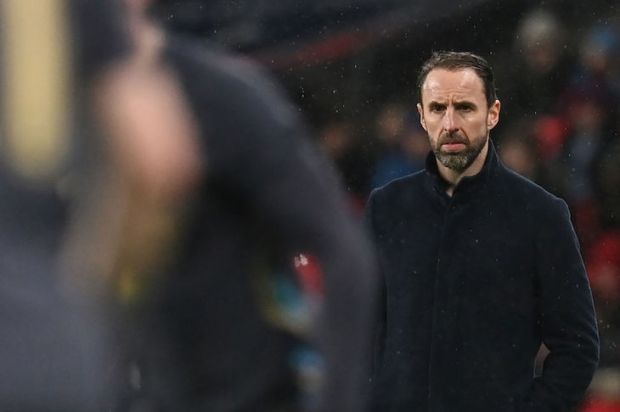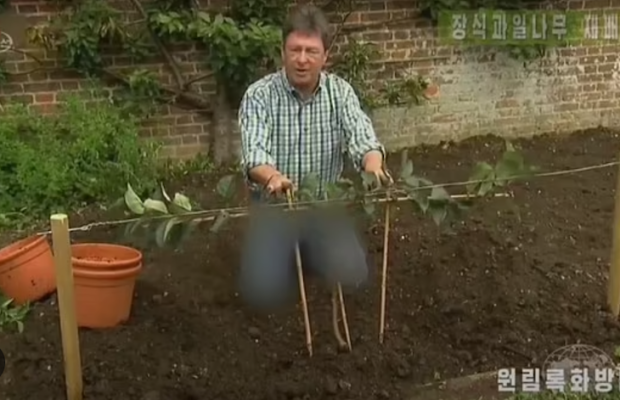So what would you do? That was the question that cropped up on my Twitter timeline after I’d sent out various tweets condemning the shambolic decision by Boris Johnson to order another England-wide lockdown.
I noticed the same question in the replies to an anti-lockdown tweet sent out by the Mail on Sunday’s Dan Hodges too. And it is a fair one that I think deserves an answer from commentators used to throwing rotten tomatoes at the stage but seldom willing to climb up on it. So here is mine:
First, it is too late to call off the lockdown now, as preparations for another approach will take some time. So point one is that we must now go with the lockdown until December 2, but we should assert that it will end then and it will be the last one. We must use this four-week period to ready ourselves to implement a better way ahead on December 3.
Point two is that we use the immense amount of data about who is at most risk from the disease to compile a mathematical model (yes, another one). Only this model will not seek to predict how many people are going to get the disease but what the risks are of any given person dying from it given his or her age, sex, BMI and other relevant characteristics.
Point three: we send this model to every GP and run every patient on their books through it. GPs use this information to contact their patients telling them what their chances of dying are should they get the disease.
Point four: after furnishing each patient with this assessment, which might run from one in 10,000 for a fit and healthy female in her early twenties to perhaps one in four for an obese man of 85 with several chronic co-morbidities, the GP will ask each patient to decide something important. Do you want to be in the “Distancing Group” or the “Shielding Group”? This question should be accompanied by GP advice – but not instruction – that anyone with a fatality risk over a certain threshold, say one per cent, should shield.
This will be a key step that restores the notion of personal responsibility and the feeling of individual agency in a climate that has lately been dominated by top down edicts. Most people at high risk will almost certainly opt to shield. But not all of them will. Some will follow the thinking of that redoubtable Barnsley lady Maureen Eames and decide to take the risk of opting for mere distancing, figuring they have not got many years of high-quality life left and that to write off many months of it would be disproportionate.
Equally, some people with fragile mental health may opt to shield even after hearing that they are in a low risk group. But in general most people will probably weigh their risk rating carefully and follow the advice of their GP.
Point five: a National Shielding Service shall be set up, to be staffed mainly by unemployed people of demonstrable good character who have already had the disease and recovered from it. Recruits, who will all be paid generously, will mainly be under 40 and will agree to be tested for Covid every day (just in case of re-infection) and pledge to live a shielding lifestyle out of working hours.
They will form a corps that will be on hand to assist those who have opted to shield to do so with maximum safety and comfort – helping to deliver shopping, ensuring Zoom tech is working well, providing car lifts for essential journeys such as medical appointments and so on.
Point six: they will also supervise adherence to shielding by the shielders as the success of this scheme depends on the shielders – all volunteers, remember – honouring their side of the bargain and keeping out of harm’s way as much as they can for possibly several months.
Point seven: those who have chosen the distancing option will be subject to all the extra hygiene and distancing measures (up to and including the Rule of Six) that were in force before the advent of the tier system and the slippery slope back to national lockdown. But otherwise they will be free to live and work.
Point eight: As the virus continues to spread (which it will), daily statistics shall be published, listing for every hospital the number of new Covid patients who are Distancers and the number who are Shielders. If the latter is more than a small proportion of the total then urgent investigations shall begin into why a local shielding regime is under-performing.
Point nine: General lockdowns shall only be imposed, under any circumstances, on a regional basis and even then only if the local NHS really is close to being overwhelmed. Given that I expect the Distancing group to be dominated by younger people who are far less likely to be hospitalised and the Shielding Group to be properly protected, this is relatively unlikely to happen.
Point ten: After a certain time period, perhaps three months, people shall be able to apply to move from one group to the other. They shall not be absolutely guaranteed to be permitted to switch, but in the absence of exceptional circumstances they normally will be. This will sustain the sense of personal responsibility and individual agency upon which the scheme depends. And even those whose request for a switch is turned down will have made the original choice in the full knowledge of what it entailed.
Obviously this plan is not perfect. There will be holes in the shielding regime where, for example, an elderly person choosing to shield shares a home with an adult child who wishes just to distance. In some cases the virus will mysteriously enter a shielding household “under the door”, as it were.
But the plan doesn’t have to be perfect. It just has to offer a better way ahead which treats the population like adults and offers us the prospect of living with the virus in a manner that combines a viable economy with a low number of deaths and the maximum degree of liberty and choice.
Compared to where we are right now it must surely be worth a shot.
Got something to add? Join the discussion and comment below.
Get 10 issues for just $10
Subscribe to The Spectator Australia today for the next 10 magazine issues, plus full online access, for just $10.




















Comments
Don't miss out
Join the conversation with other Spectator Australia readers. Subscribe to leave a comment.
SUBSCRIBEAlready a subscriber? Log in